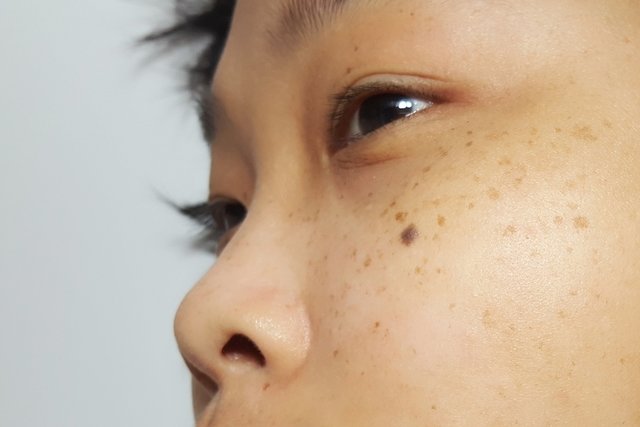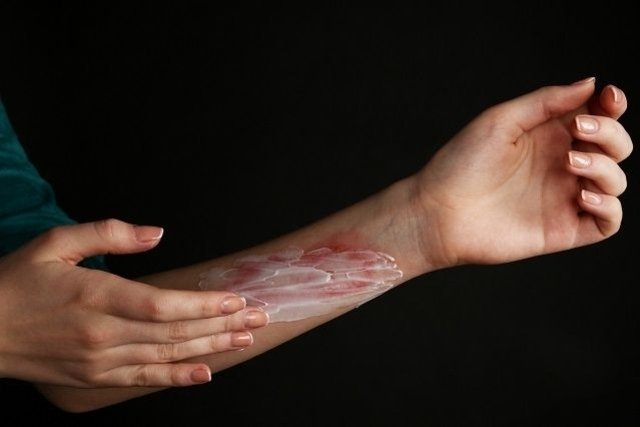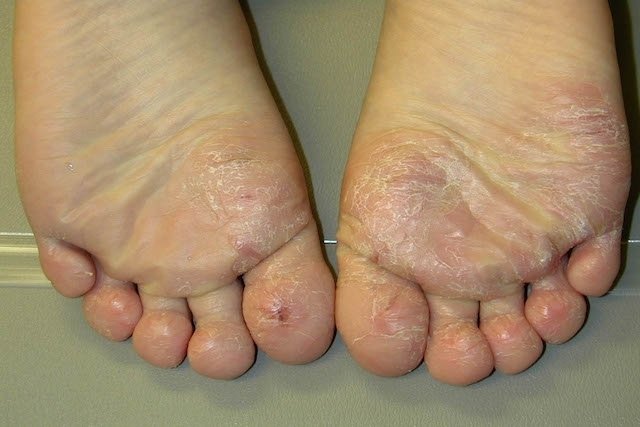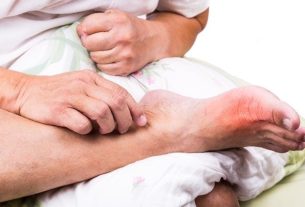“Dermatosis” is a group of skin diseases, characterized by persistent allergic manifestations, whose general symptoms are the formation of blisters, itching, inflammation and peeling of the skin.
The best doctor to diagnose and treat dermatoses is a dermatologist who will be able to identify the cause of the change by observing the skin and evaluating the person’s clinical history, however, an immunoallergologist can also be consulted. It is usually not necessary to carry out specific tests and treatment generally includes the use of oral medications or in the form of ointments.
To reduce the occurrence of crises, one must identify and avoid agents that cause irritation, moisturize the skin frequently, avoid excessive sweating, bathe with warm water, reduce stress situations, use cotton gloves for household work and avoid wearing clothes of synthetic fabrics.
Main types of dermatosis
The most common types of dermatosis are:
1. Dermatosis papulosa nigra

Dermatosis papulosa nigra is characterized by the appearance of small dark brown or black spots, mainly on the face and neck without causing pain or other symptoms. The appearance of these spots can occur in anyone but is more common in black people. Learn more about this skin condition.
How the treatment is carried out: Aesthetic treatments such as chemical cauterization, cryosurgery with liquid nitrogen or electrocoagulation can be used.
2. Occupational dermatosis

Occupational dermatosis is one that is caused directly or indirectly by everything that is used in professional activity or exists in the work environment, which can be caused by heat, cold, radiation, vibration, laser, microwaves or electricity, for example . Some examples of occupational dermatoses are skin burns, allergies, wounds, ulcers, Raynaud’s phenomenon and dermatitis caused by contact with cement, for example. See more about occupational dermatosis.
How the treatment is carried out: It varies depending on the type of injuries that arise but must be indicated by the dermatologist and may include adapting the necessary material to protect the worker or removal from the workplace.
3. Gray dermatosis
Gray dermatosis is a skin disease of unknown cause, which is not influenced by climatic, racial, dietary or work-related factors. It is characterized by the appearance of lesions that appear on the skin, grayish in color with a reddish and thin border, sometimes discreetly elevated.
The lesions appear suddenly, in outbreaks, without previous symptoms and sometimes accompanied by itching. Typically, this type of dermatosis leaves permanent spots on the skin and there is still no effective cure.
4. Bullous dermatosis
In bullous dermatosis, superficial blisters form on the skin that rupture easily, leaving the area like a fine scale and forming a crust.
How the treatment is carried out: It is done by taking medications such as prednisone, but it may also be necessary to take immunosuppressants, such as azathioprine and cyclophosphamide.
5. Juvenile palmoplantar dermatosis
Sensitive content
This image may contain content that is uncomfortable for some people.

Juvenile palmoplantar dermatosis is a type of allergy that generally appears on the soles of the feet, especially on the heels and big toes, and is characterized by redness, excess keratin production and cracked skin with a shiny appearance.
The symptoms of juvenile palmoplantar dermatosis worsen in winter, and the deep cracks can cause pain and bleed from time to time. The main cause is wearing damp shoes and socks or excessive contact with water.
How the treatment is carried out: The doctor may prescribe a corticosteroid ointment such as Ketocort and Betnovate, as well as a moisturizing lotion to keep the skin properly hydrated.
Are dermatosis and dermatitis the same thing?
Both dermatitis and dermatosis are changes in the skin that must be evaluated by a doctor and the main difference between them is that dermatitis occurs when there are signs of inflammation in the skin, while in dermatosis inflammatory signs are not present.
Some examples of dermatosis are Psoriasis, Eczema, Acne and Urticaria, and dermatitis are contact dermatitis that changes that arise in the skin due to contact with substances that can cause allergies such as nickel, plastic and chemical substances present in some cleaning products.

Sign up for our newsletter and stay up to date with exclusive news
that can transform your routine!
Warning: Undefined array key "title" in /home/storelat/public_html/wp-content/plugins/link-whisper-premium/templates/frontend/related-posts.php on line 12
Warning: Undefined array key "title_tag" in /home/storelat/public_html/wp-content/plugins/link-whisper-premium/templates/frontend/related-posts.php on line 13



